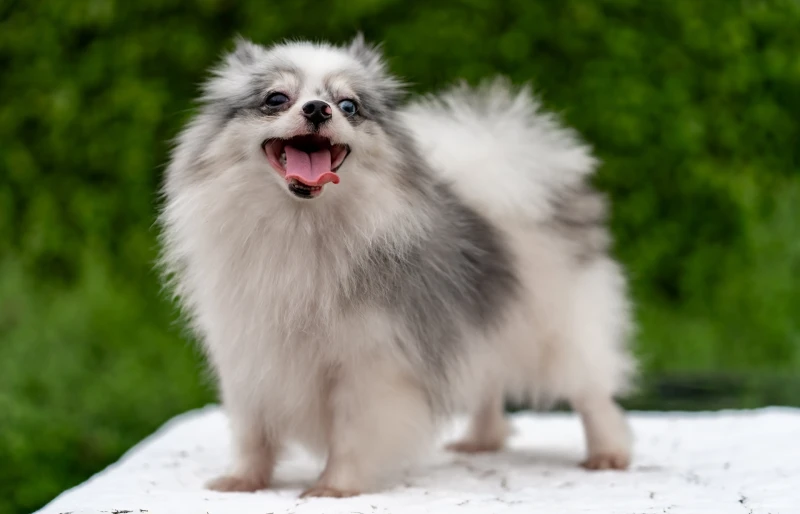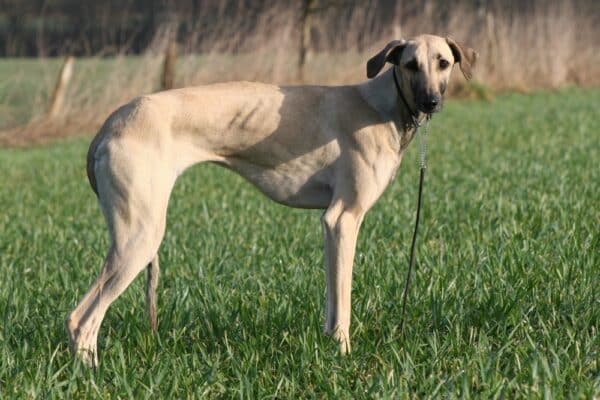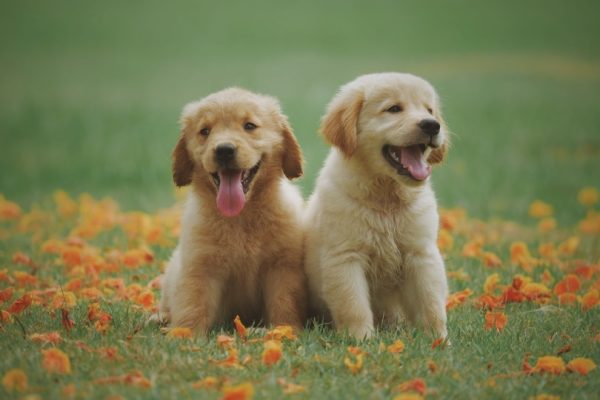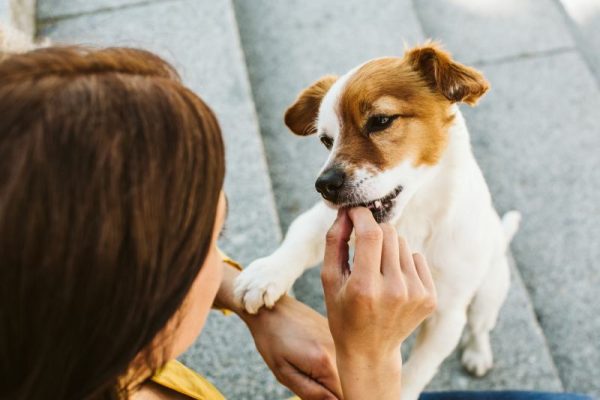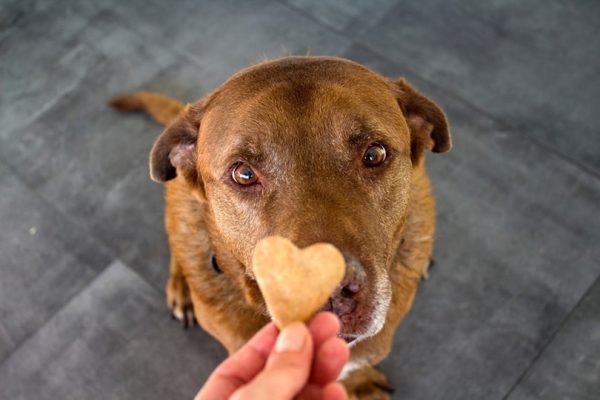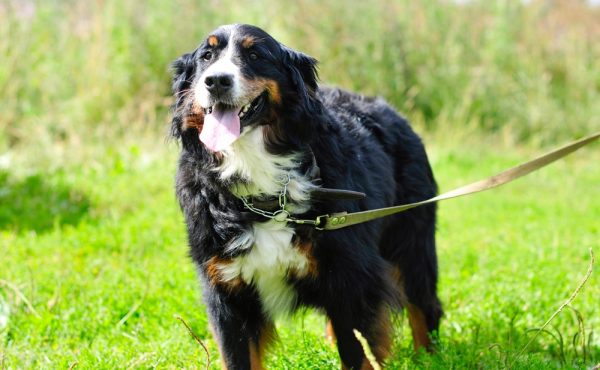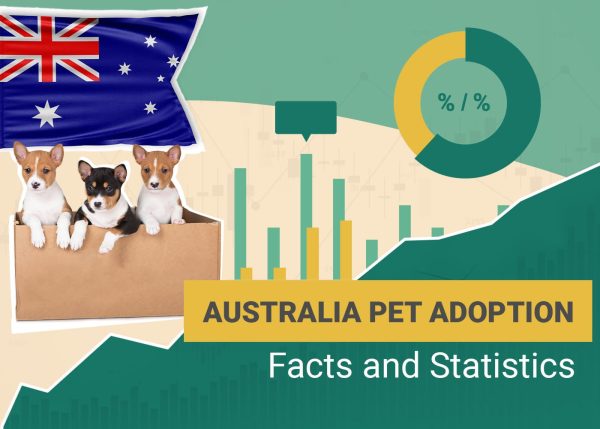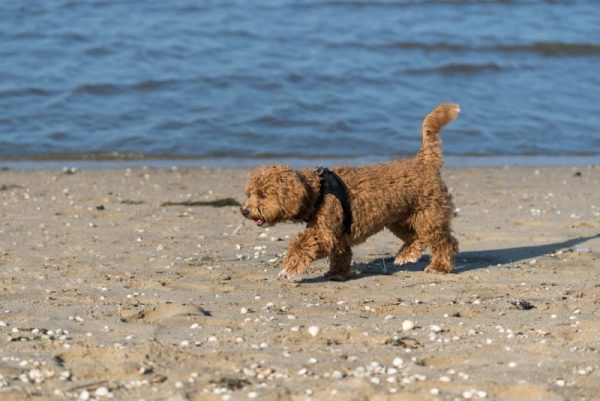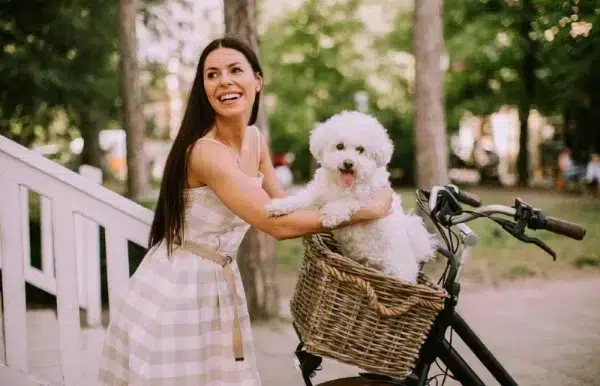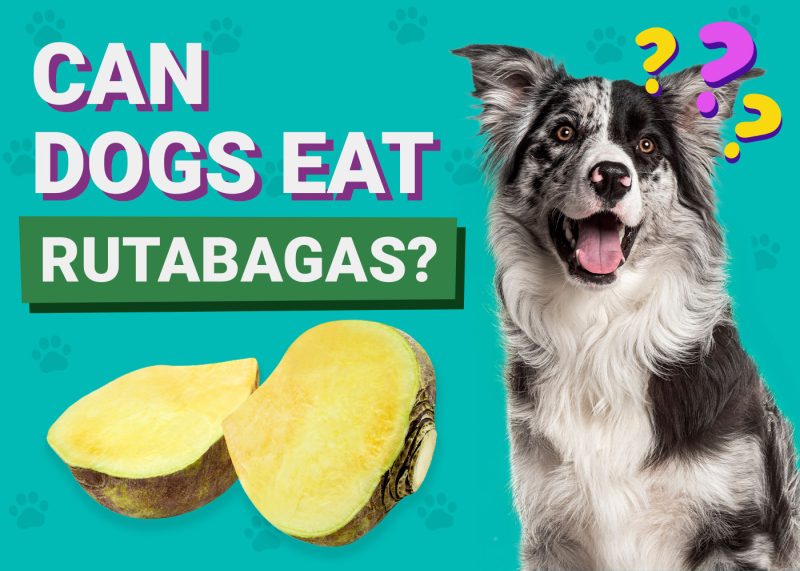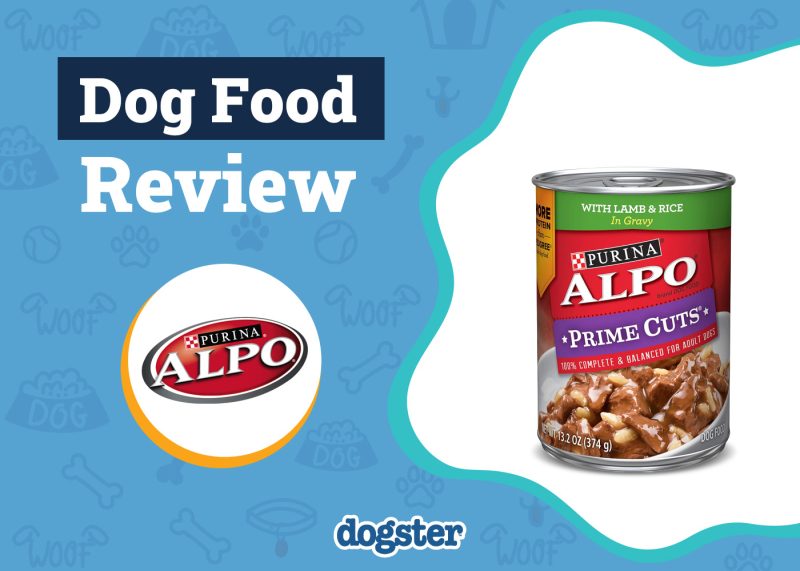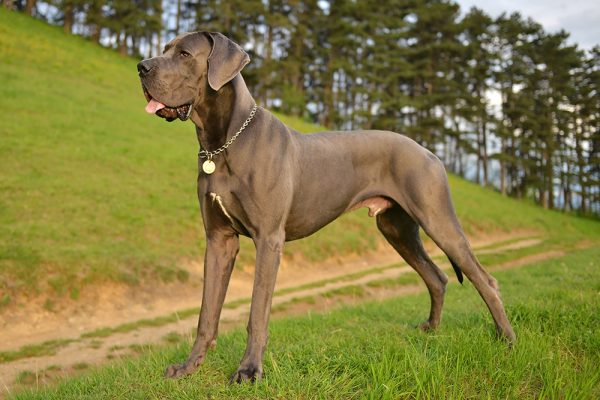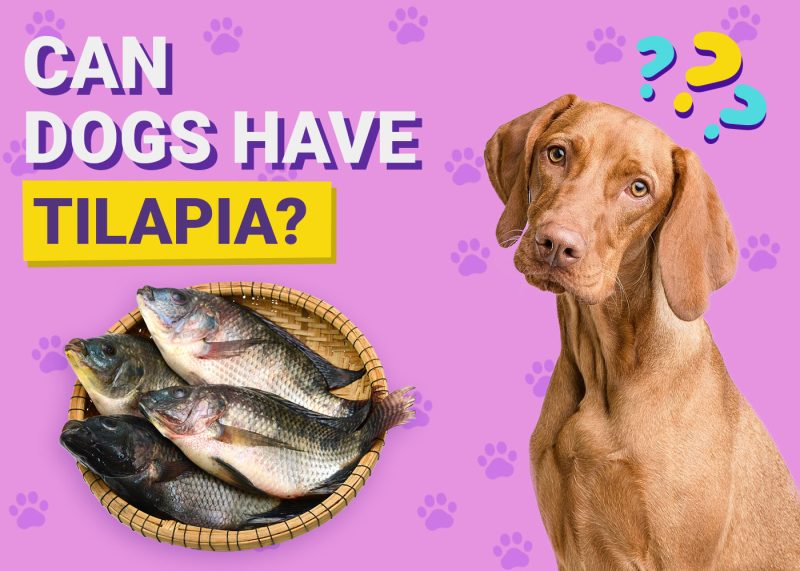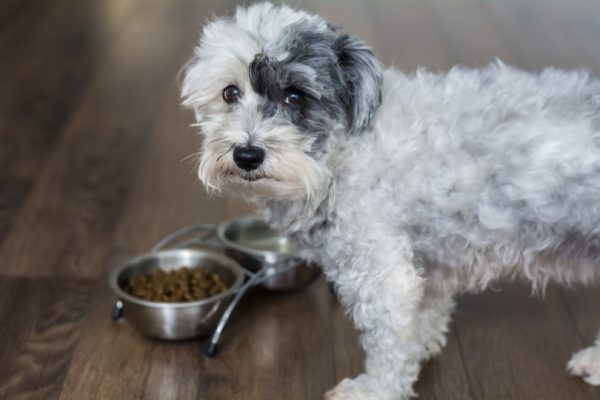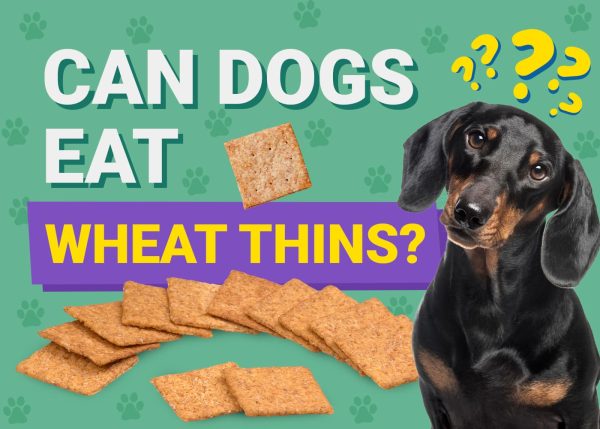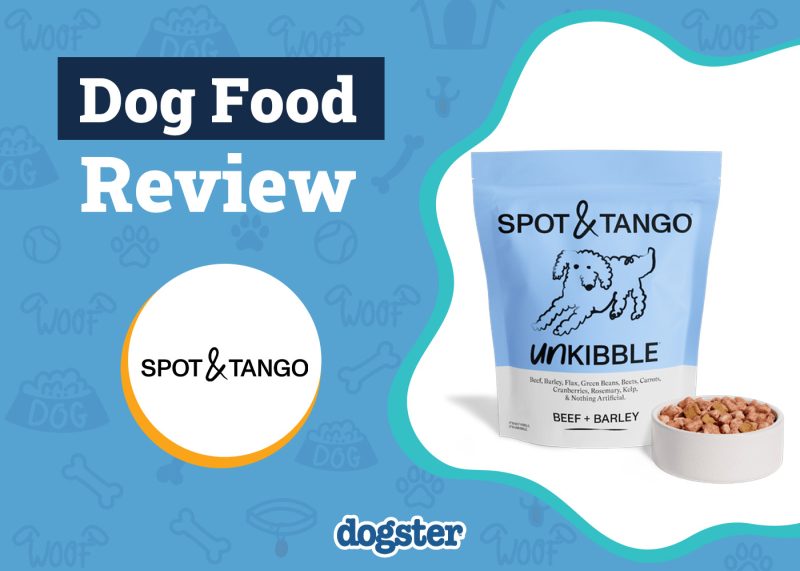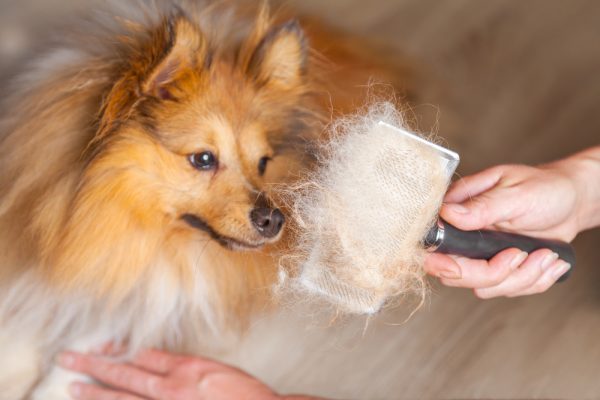There are a lot of upsides to having a dog, but drool isn’t often one of them. Nobody wants to deal with constant slobber when they’re trying to snuggle with their beloved companion. While all dogs can drool in certain instances, some breeds drool much less than others.
Here are the top 10 dog breeds that don’t drool (much!).

The 10 Dog Breeds That Don’t Drool
1. Australian Cattle Dog
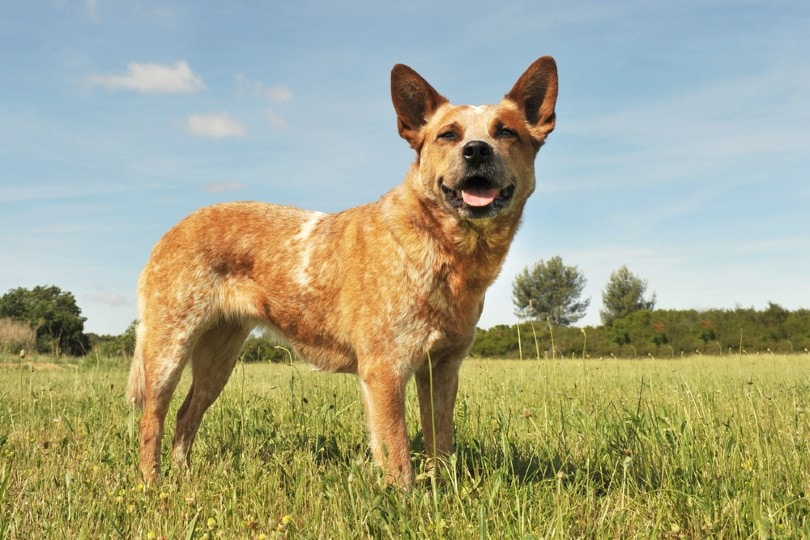
- Origin: Australia
- Lifespan: 12–16 years
- Height: 17–20 inches
Australian Cattle Dogs are compact, muscular dogs bred from herding dogs and the continent’s wild dog, the Dingo. Commonly called a Blue or Red Heeler, Australian Cattle Dogs are born with a white coat that gradually turns red or blue-gray with age. These athletic dogs have boundless energy and plenty of agility, but surprisingly, they’re not big droolers.
It’s important to realize that Australian Cattle Dogs are active, energetic dogs that require consistent training, regular work, and challenges to stay happy. Otherwise, this dog can develop behavioral problems.
2. Bichon Frise
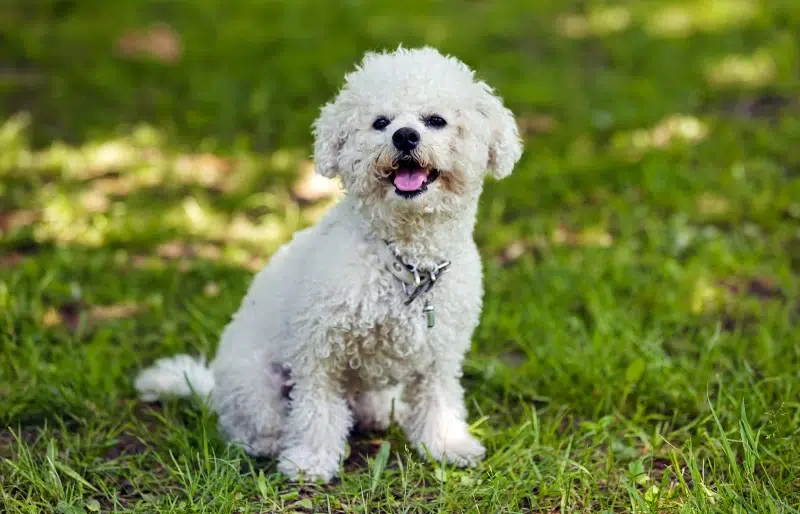
- Origin: Canary Islands
- Lifespan: 12–15 years
- Height: 9–12 inches
The Bichon Frise is a small but resilient dog used as a charming companion since antiquity. Known for their beauty and personality, Bichon Frise have lush white coats that shed minimally, which can be helpful for people with allergies. The Bichon gets along well with children and other dogs, enjoys meeting new people, and loves spending time with family.
If you want a dog that drools minimally and generally keeps itself clean, the Bichon Frise is a great choice. These dogs can also thrive in city environments, especially with regular walks where they can sightsee.
3. Border Collie
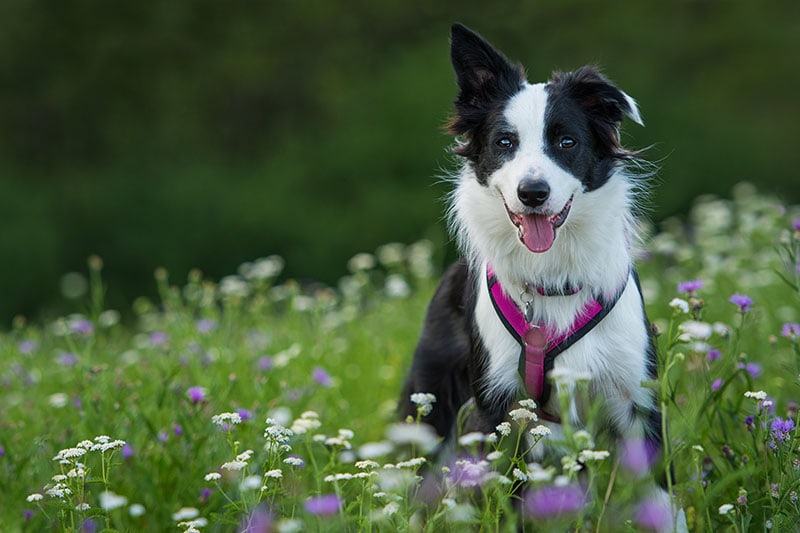
- Origin: Anglo-Scottish Border
- Lifespan: 12–15 years
- Height: 18–22 inches
The Border Collie is a hard-working and incredibly athletic dog bred to herd livestock. One of the breed’s distinctive traits is the “herding eye”, an intense and focused gaze. Despite being an energetic dog, Border Collies don’t drool as much as some other hard-working breeds.
If they’re not working on a farm, Border Collies thrive in canine sports or other outlets that routinely challenge their intelligence and athleticism. These dogs are best suited to owners with the time to devote to their physical and mental stimulation.
4. Borzoi
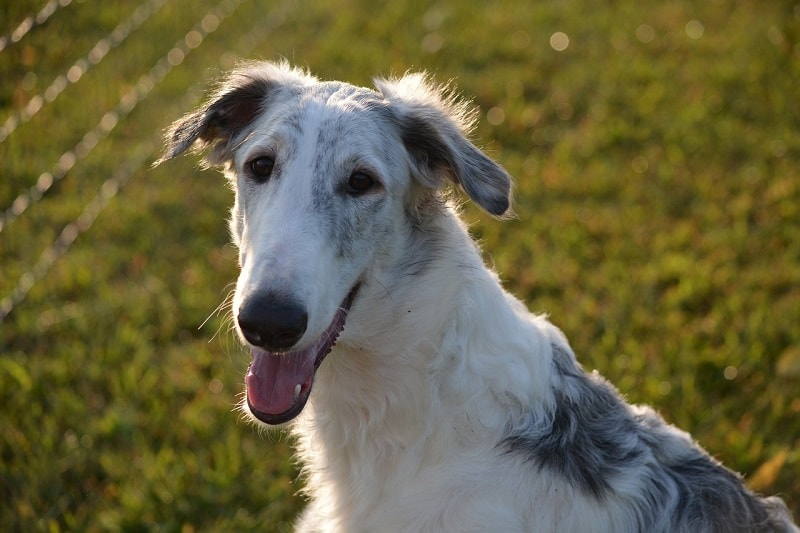
- Origin: Russia
- Lifespan: 9–14 years
- Height: 26–28+ inches
The aristocratic Borzoi is an impressive sighthound with an agreeable temperament. Boasting a regal stance, graceful stride, and luxurious silky coat, the Borzoi was bred to be swift and tough to hunt game. Also known as the Russian Wolfhound, Borzoi have excellent temperaments, however, and enjoy spending time with family and snuggling with their owners.
Though happy to lounge after some hard work, Borzoi requires a lot of activity to stay happy. These dogs do best with space to run or an owner who is willing to take them for regular runs outdoors. Borzoi are known for being remarkably clean dogs with minimal drooling or doggy odor.
5. Chihuahua
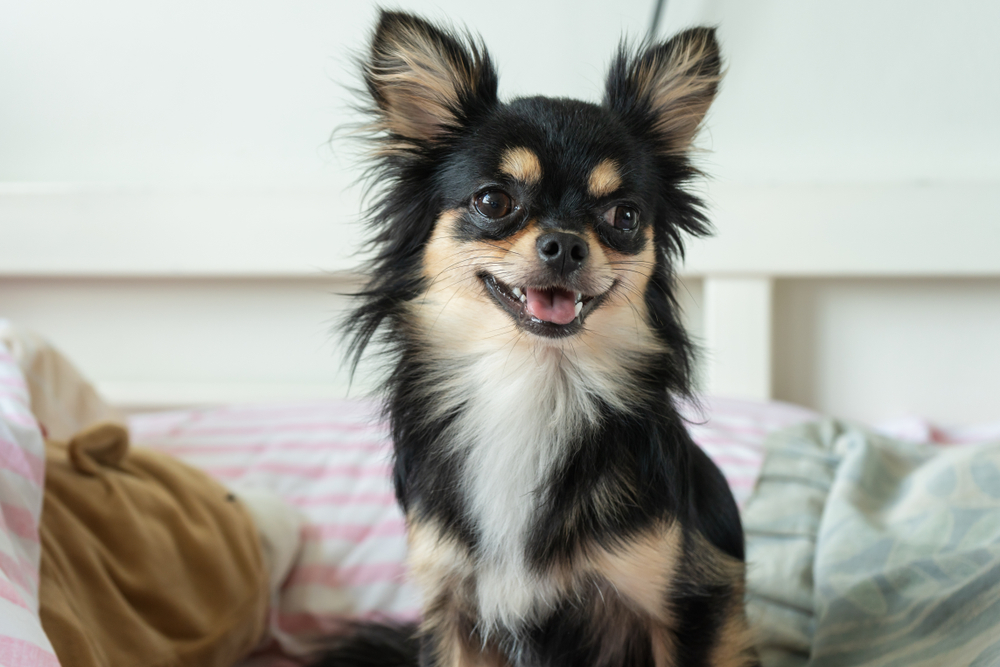
- Origin: Mexico
- Lifespan: 14–16 years
- Height: 5–9 inches
The national symbol of Mexico, the Chihuahua is a small dog with a huge personality. One of the oldest breeds in the Americas, Chihuahuas date back to pre-Columbian times and were prized as companion dogs. They come in many varieties, including a range of coat lengths and colors.
With their small size and relatively low activity requirements, Chihuahuas are great for city apartments or small homes, though they need some extra care in cold weather. They don’t require a lot of grooming.
6. Cavalier King Charles Spaniel
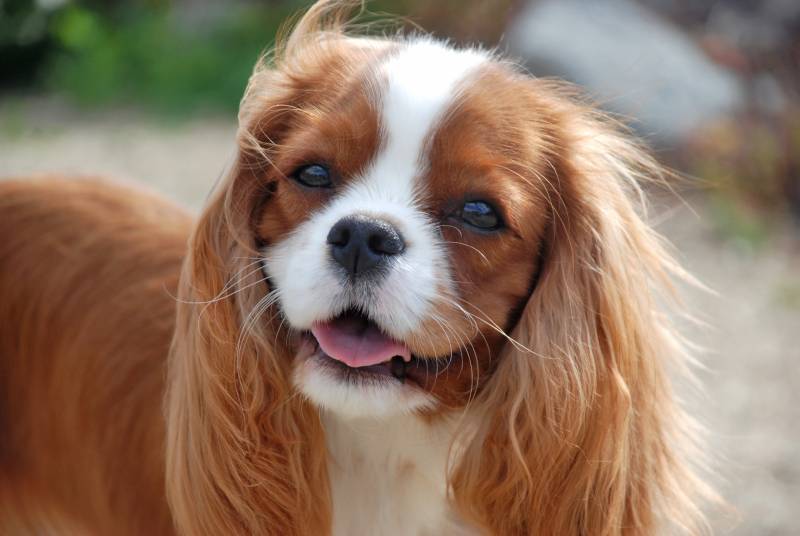
- Origin: Great Britain
- Lifespan: 9–14 years
- Height: 12–13 inches
The Cavalier King Charles Spaniel is treasured in British history. Cavaliers are gentle, loving and loyal dogs and are adaptable to both urban or country living.
Though Cavalier King Charles Spaniels are not big droolers, they can be messy with their long, floppy ears that get into dirt, mud, and water bowls. Cavaliers require a lot of attention and love, so they’re best for owners who spend a lot of time at home.
7. Papillon
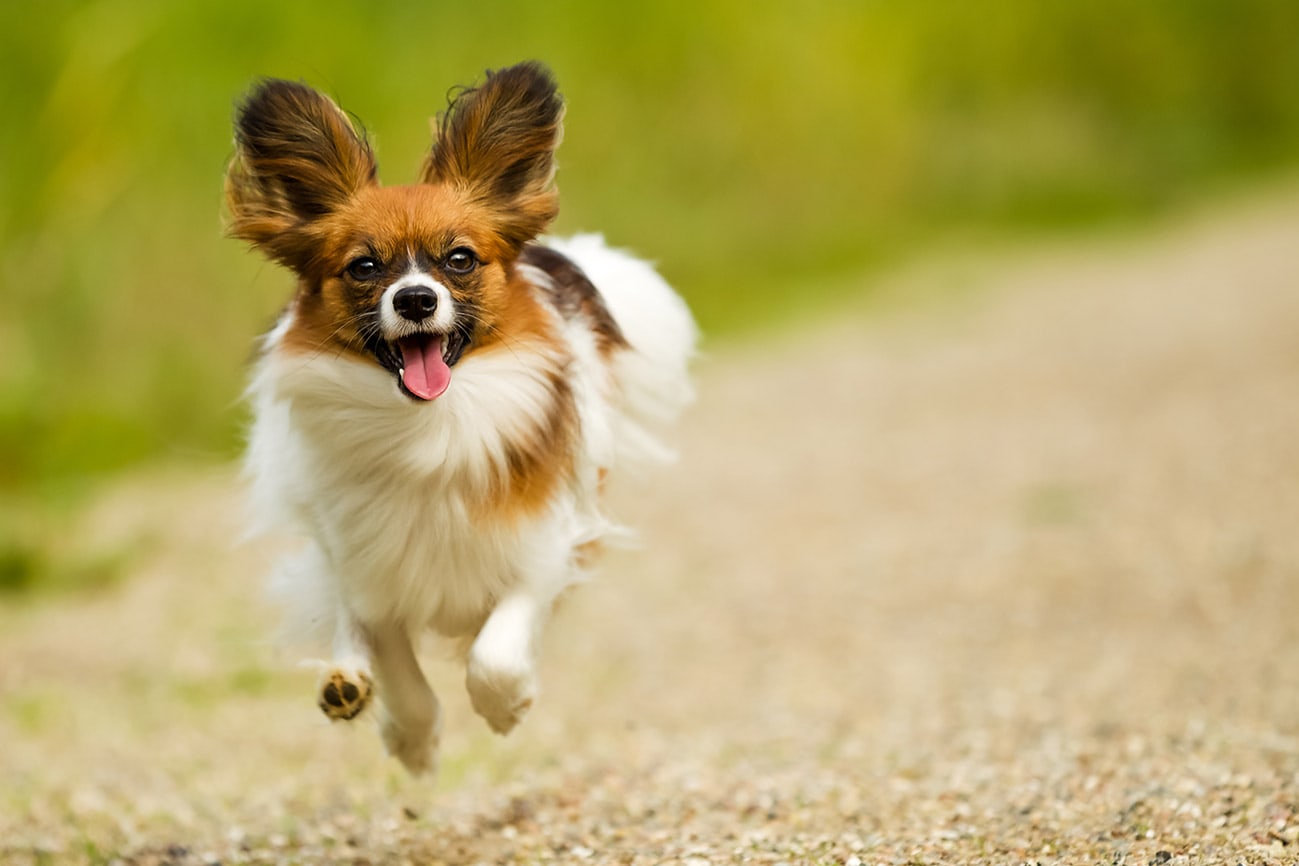
- Origin: France
- Lifespan: 13–15 years
- Height: 8–11 inches
The Papillon may look like a companion dog, but they’re an intelligent and athletic dog breed. Papillons can learn challenging tricks and compete in canine sports, so they need owners committed to giving them a lot of attention and activity.
As long as you can handle the energy of the Papillon, they’re great for families with children or active owners. And best of all, this charming little athlete doesn’t drool!
8. Pomeranian
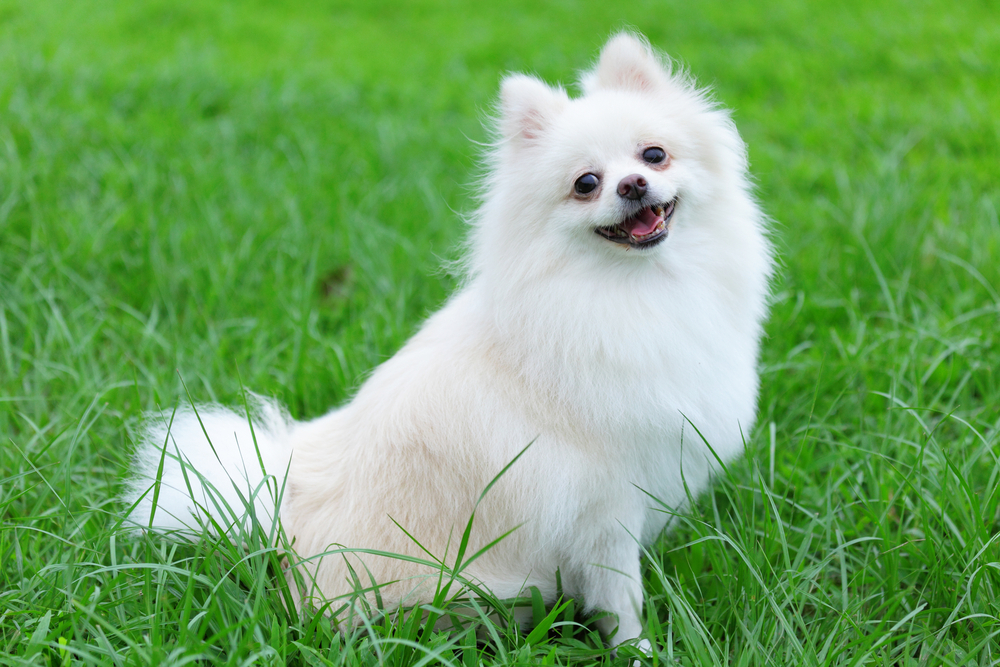
- Origin: Poland and Germany
- Lifespan: 12–16 years
- Height: 6–7 inches
The Pomeranian is an adventurous toy breed with a soft, fluffy coat that looks like a little lion. These dogs usually make great family pets.
Surprisingly, the Pomeranian doesn’t require as much grooming as you might think despite their fluffy coat. They can be brushed a few times a week, and best of all, they don’t drool.
9. Samoyed
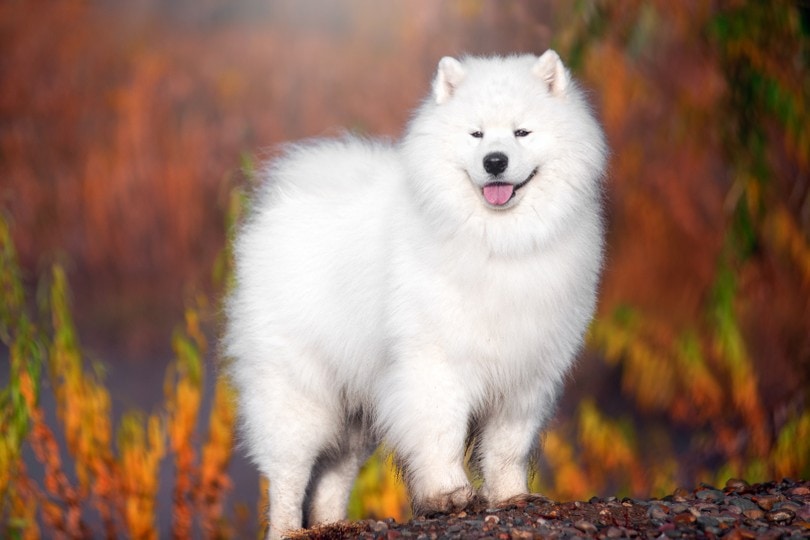
- Origin: Siberia
- Lifespan: 12–14 years
- Height: 19–24 inches
The Samoyed is a graceful working dog developed in Siberia for pulling sleds. They’re known for their beautiful fluffy, white coats that protect from the cold, as well as their slightly upturned mouths that prevent drool from forming icicles on their face.
Samoyeds can be great pets, but they are mischievous dogs that want love and attention from their owners. They need training, structure, and plenty of exercise to keep their bodies and minds healthy.
10. Pembroke Welsh Corgi
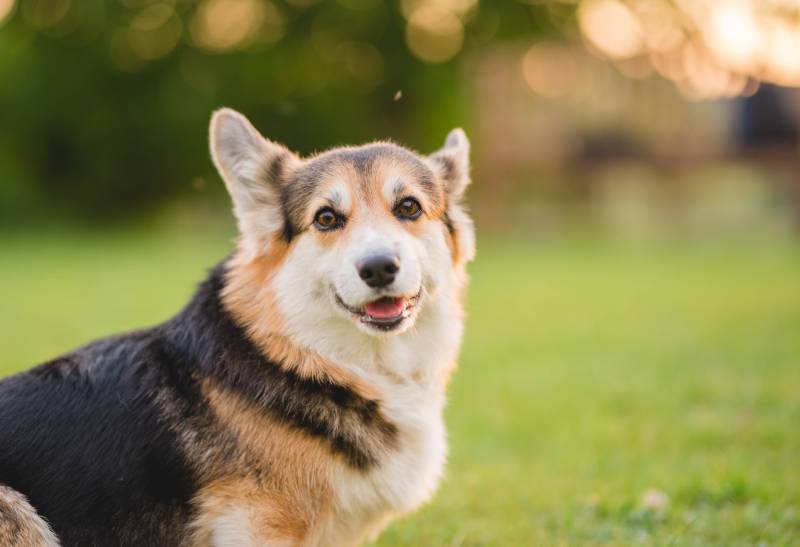
- Origin: Pembrokeshire, Wales
- Lifespan: 12–13 years
- Height: 10–12 inches
The Pembroke Welsh Corgi is a lively and athletic herding dog that’s the ultimate big dog in a small package. Though short, Corgis are capable herders with muscular hindquarters and a long-and-low build for speed and agility.
Corgis are highly intelligent dogs with a strong independent streak and acute senses. They assume the watchdog position, which can mean a lot of barking—but at least they don’t drool!

Why Do Dogs Drool?
Dogs can drool for many reasons, some of which indicate a problem. Some breeds just drool more than others, particularly those with large, loose jowls, such as Bulldogs and St. Bernards. Dogs may drool when they’re excited, anxious, or eagerly anticipating a bite of your dinner.
There are some instances when drool can point to a medical cause, however. Dogs can drool if they have irritation in their mouth or lips or dental problems. Dogs may also drool as a side effect of certain medications. More serious causes of drool may include heat stroke, toxic ingestion, injury, or some diseases.
If you notice your dog is drooling more than usual, make an appointment with your vet to determine the cause.

Conclusion
If you want a dog, minus the drool, any of the breeds on this list could be a great fit. Ranging from low-maintenance companions to hard-working farm and sled dogs, you can find the ideal dog for your lifestyle without unpleasant slobber trails.
See Also:
Featured Image Credit: TOP SPEEDY, Shutterstock
